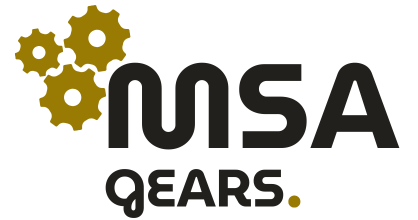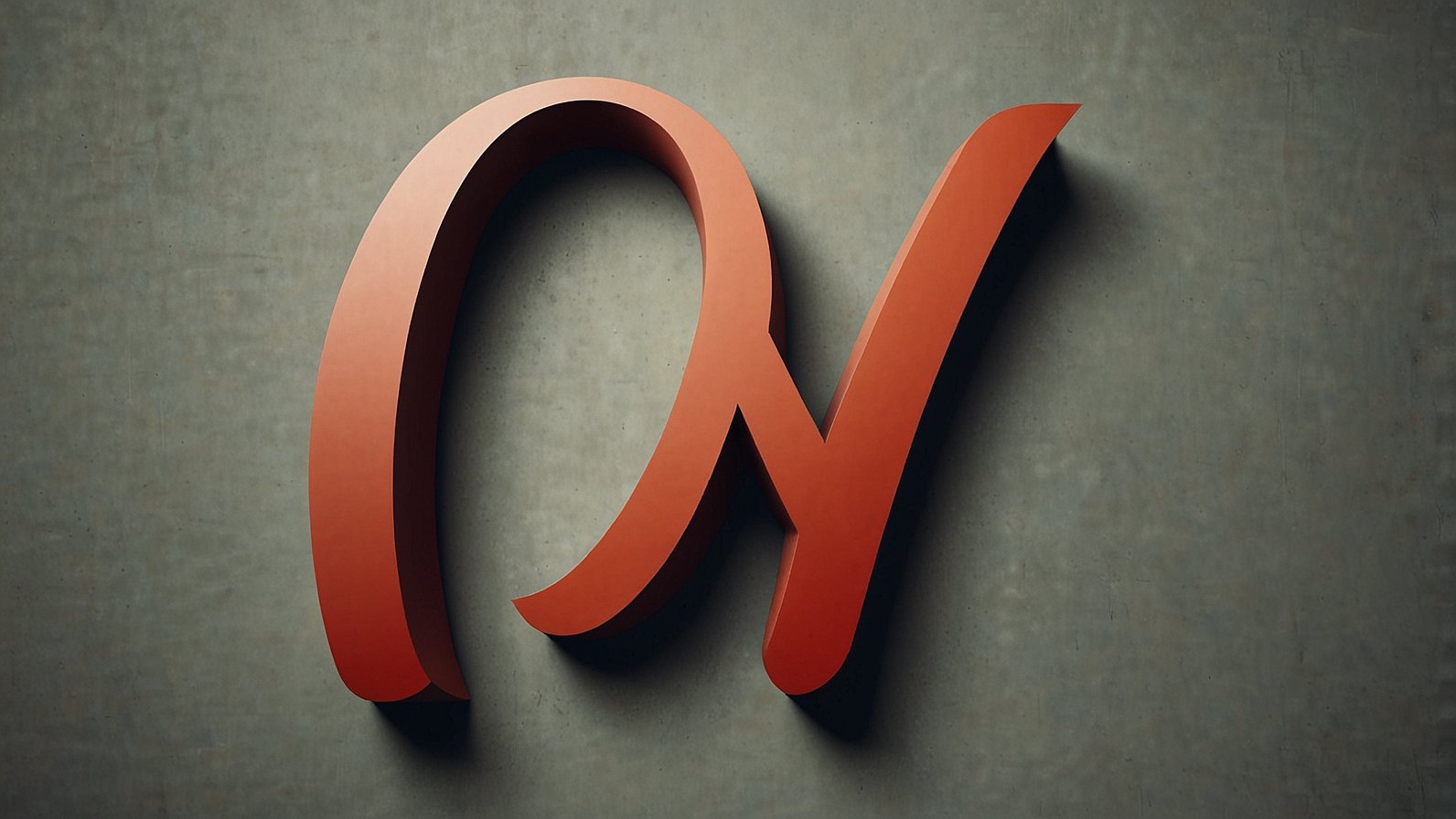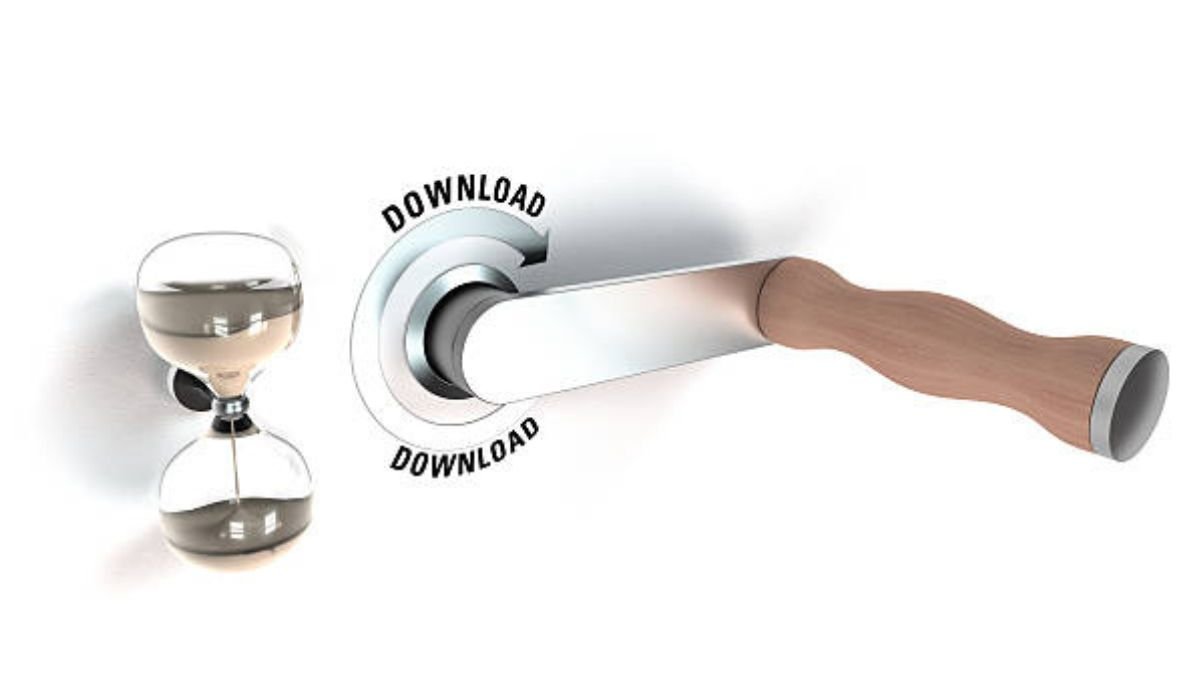TrueType fonts revolutionized digital typography when Apple and Microsoft introduced them in the late 1980s. These scalable font formats remain essential for modern design projects.
Understanding TrueType Font Technology
TrueType fonts use mathematical descriptions to create smooth, scalable typefaces. Unlike bitmap fonts, they maintain crisp edges at any size.
Key Benefits of TrueType Fonts
Universal Compatibility
- Works across Windows, Mac, and Linux systems
- Supported by all major design applications
- Compatible with web browsers and mobile devices
Scalability Without Quality Loss
- Vector-based outlines ensure sharp rendering
- Perfect clarity from 8pt to poster sizes
- Consistent appearance across different displays
TrueType vs Other Font Formats
TrueType vs OpenType
- OpenType offers advanced typographic features
- TrueType provides broader compatibility
- Both formats work well for most projects
TrueType vs PostScript
- PostScript fonts excel in professional printing
- TrueType fonts offer easier installation
- Modern systems support both formats effectively
How TrueType Fonts Work
Technical Structure
TrueType fonts contain several key components:
- Glyph outlines defined by quadratic curves
- Hinting instructions for optimal screen display
- Kerning pairs for proper letter spacing
- Character mapping tables for Unicode support
Font Rendering Process
Screen Display
- System reads font file instructions
- Calculates pixel positions for each character
- Applies antialiasing for smooth appearance
- Renders final text on screen
Print Output
- Printer receives vector outline data
- Rasterizes characters at full resolution
- Produces crisp, professional-quality text
- Maintains consistency across different printers
Choosing Quality TrueType Fonts
Essential Selection Criteria
Character Set Coverage
- Check for complete alphabet coverage
- Verify punctuation and special characters
- Ensure international character support
- Look for proper diacritical marks
Design Quality Assessment
- Examine letterform consistency
- Test readability at various sizes
- Check spacing and kerning quality
- Evaluate overall aesthetic appeal
Popular TrueType Font Categories
Serif Fonts
- Times New Roman for traditional documents
- Georgia for web-friendly reading
- Minion Pro for book publishing
- Trajan Pro for elegant headings
Sans-Serif Options
- Arial for universal compatibility
- Helvetica for clean, modern looks
- Calibri for business communications
- Open Sans for web applications
Installing TrueType Fonts
Windows Installation Methods
Standard Installation
- Download font files to your computer
- Right-click on TrueType font file
- Select “Install” from context menu
- Font becomes available in all applications
Advanced Installation Options
- Access Fonts folder in Control Panel
- Drag font files directly into folder
- Use Font Book for batch installations
- Manage fonts through third-party utilities
Mac Installation Process
Simple Font Installation
- Double-click TrueType font file
- Preview window opens automatically
- Click “Install Font” button
- Font integrates with Font Book
Font Book Management
- Open Font Book application
- Drag fonts into main window
- Organize fonts in collections
- Enable or disable fonts as needed
TrueType Fonts in Professional Design
Typography Best Practices
Readability Considerations
- Choose appropriate font sizes
- Maintain adequate line spacing
- Consider viewing distance factors
- Test fonts with target audience
Brand Consistency Guidelines
- Establish primary font hierarchy
- Define secondary font options
- Document font usage rules
- Ensure cross-platform consistency
TypeType Foundation’s Contribution
TypeType has emerged as a leading foundry in modern font design. Their TrueType font collections blend traditional craftsmanship with contemporary aesthetics.
TypeType Design Philosophy
- Focus on functional beauty
- Emphasis on multilingual support
- Attention to technical excellence
- Commitment to design innovation
Popular TypeType Families
- TT Commons for versatile applications
- TT Norms for geometric precision
- TT Interphases for editorial design
- TT Travels for display purposes
Common TrueType Font Issues
Troubleshooting Problems
Font Display Issues
- Clear font cache regularly
- Restart applications after installation
- Check font file integrity
- Verify system compatibility
Performance Optimization
- Limit active font count
- Remove duplicate font files
- Use font management software
- Regular system maintenance
File Management Tips
Organization Strategies
- Create themed font folders
- Use descriptive file names
- Maintain backup copies
- Document font licenses
Storage Best Practices
- Keep fonts in dedicated directories
- Avoid system folder modifications
- Regular backup procedures
- Version control for updates
Future of TrueType Technology
Emerging Trends
Variable Font Integration
- Single file contains multiple styles
- Smooth transitions between weights
- Reduced file size requirements
- Enhanced design flexibility
Web Font Optimization
- Improved compression techniques
- Faster loading capabilities
- Better mobile device support
- Enhanced rendering quality
Technology Evolution
TrueType fonts continue evolving alongside digital design needs. Modern implementations support advanced features while maintaining backward compatibility.
Current Developments
- Enhanced hinting capabilities
- Improved color font support
- Better multilingual functionality
- Streamlined licensing models
Maximizing TrueType Font Performance
TrueType fonts remain the foundation of digital typography across industries. Understanding their capabilities ensures optimal design outcomes for any project.
Whether you’re designing websites, creating print materials, or developing brand identities, TrueType fonts provide the reliability and quality professionals demand. Choose wisely, install properly, and let typography elevate your creative work.
You May Also Read: Is Your Home on Shaky Ground? How to Identify Foundation Issues Early











